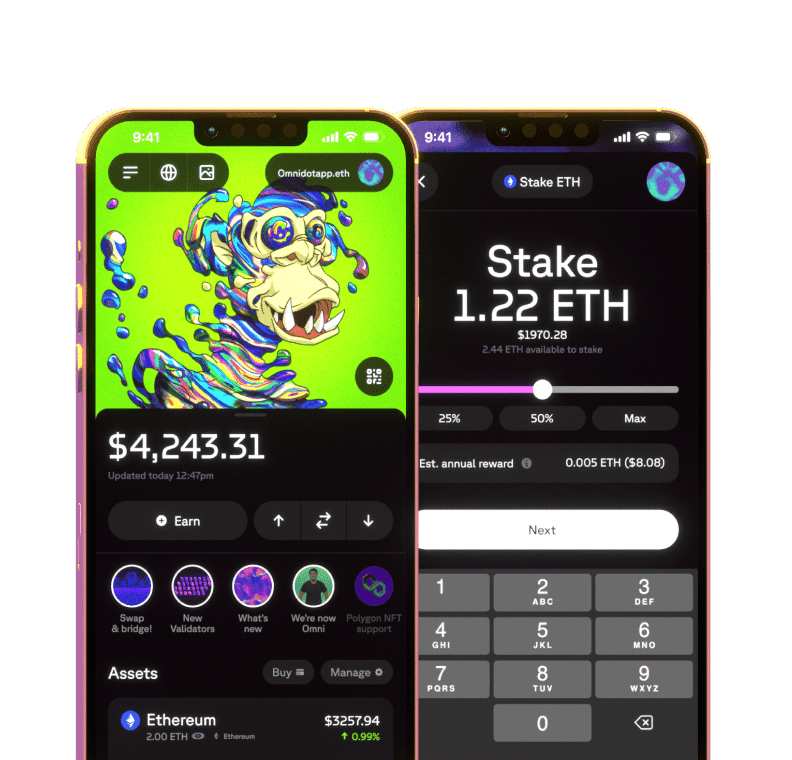What is The Graph?
The Graph is an indexing protocol for developers who need to query complex data from blockchains or storage networks. The Graph is like the Google of blockchain data.
The Graph provides a rich interface for developers to play with complex data on. As complex raw data is extremely difficult to pull and manipulate from the blockchain itself, The Graph provides a very important solution for developers to build re-imagined decentralized applications.
There are three ways to stake The Graph tokens, GRT. Users can stake as curators, indexers, or delegators. Becoming a curator or indexer requires a node setup and technical knowledge. Alternatively, anyone who holds GRT tokens can become a delegator to help secure the network.
The Graph is a decentralized indexing protocol for querying networks like Ethereum and IPFS. You can think of The Graph as the Google of blockchains (e.g. Ethereum) and storage networks (e.g. IPFS). The main goal of this service is to provide developers with reliable access to organized data for running their dApps. The Graph was launched in 2018 by a group of developers who believed in making open data more accessible. Although all sorts of historical data and activities are recorded in the blockchain, it is difficult for developers to read the data of projects with complex smart contracts like Uniswap. The Graph indexes blockchain data and allows users to query that data efficiently.
The Graph technology continually scans supported blockchains for new blocks and finds network events based on developers’ queries and stores it. From here, developers can directly query any complex information from The Graph’s indexed data and receive it in a rich user interface for users. The founders of the Graph protocol are developers who had experienced growing frustrations of their own when attempting to build applications that required data that was too complex to query from the blockchain. As a result, they launched an infrastructure that would help similar developers bring their ideas to life. This protocol started out with indexing data for only the Ethereum blockchain, the IPFS, and the Proof of Assignment (PoA) network. But with its growth over the years, it currently supports indexing data from 32 different networks, including NEAR, Arbitrum, Avalanche, Moonbeam, and more.
Participants of The Graph network stake GRT to secure the network and affirm the integrity of data being queried. GRT is an ERC-20 token, used for allocating resources on the network. The Graph Protocol has three distinct communities that service its network: Indexers, Curators, and Delegators.
Indexers are node operators responsible for indexing and processing queries. They stake GRT to become an indexer and receive staking rewards for their service. If Indexers provide inaccurate data or index incorrectly, their GRT will be slashed. Indexers are supported by Curators, who stake their GRT to signal which subgraphs are most important to Indexers. Delegators delegate their GRT to Indexers without running a Graph Node themselves. The delegated GRT allows Indexers to serve more subgraphs and queries, grow their operations, and support the network’s economic security. As a result, delegators earn a portion of the Indexer’s query fees and rewards.
Staking on The Graph network is easiest through delegation as it does not require any node setup, nor does it require the technical know-how to conduct operations as an Indexer or Curator. Learn how you can stake GRT as a delegator and earn rewards.

 Omni -
Omni -